Judging
The PRINZ Awards judging panel is comprised of PR, marketing, and advertising industry professionals. The judges are selected from international, national and regionally diverse backgrounds, as well as inhouse, agency, and government backgrounds, to ensure a representative sample from the communications industry. The judging process will be overseen by our PRINZ Awards Chief Judges, Denise Mackay FPRINZ, APR and Andrew Pirie, FPRINZ.
Judging Process
- Stage one is carried out by a selection of PRINZ Life Members and Fellows as well as senior members across all disciplines. The emphasis will be placed on the overall entry quality. A shortlist of entries will proceed to the next stage of judging.
- Stage two consists of benchmarking and moderation across categories conducted by the panel chairs in consultation with the chief judges.
- Stage three (final judging) is conducted by highly experienced professionals across a range of disciplines to ratify and finalise the awards results and select supreme award winner.
NOTE: Please be assured that judges score independently of other judges at all stages and will sign a non-disclosure agreement before the judging process takes place.
Judging Criteria
- Background (5 marks): Does it provide the background to the work and details on the operating environment, the scope of the work, specific challenges or opportunities?
- Research and Insights (10 marks): Was appropriate research undertaken? Did resulting insights inform the approach?
- Objectives (10 marks): Has the entry clearly articulated SMART objectives relevant to the scope of work? Do the public relations/communications objectives align with organisational/business objectives?
- Audiences (10 marks): How well has the entry specified the target audience and defined the distinguishable characteristics (demographic, psychographic, etc) and needs of those audiences?
- Messages (10 marks): Are the messages appropriate and relevant to the objectives and audiences?
- Strategy (10 marks): Does the strategy reflect an understanding of and align with the stated objectives and target audiences?
- Tactics and Implementation (10 marks): Are tactics well-thought-out? Has the implementation demonstrated an understanding of the target audiences?
- What makes this a standout work/campaign/project specific to this category? (10 marks): Judges may consider complexity, originality, creativity, scale, results or perhaps something else.
- Results and Evaluation (25 marks): Was there evidence that the work made a significant impact and achieved the stated objectives? Advertising Value Equivalency (AVE) is not a valid measure and will not be taken into consideration by judges.
For entries in the Sally Logan-Milne Young Practitioner of the Year, Communicators PR In-house Team of the Year, and the BusinessDesk PR Consultancy of the Year, judges will holistically assess all sections in the entry forms.
